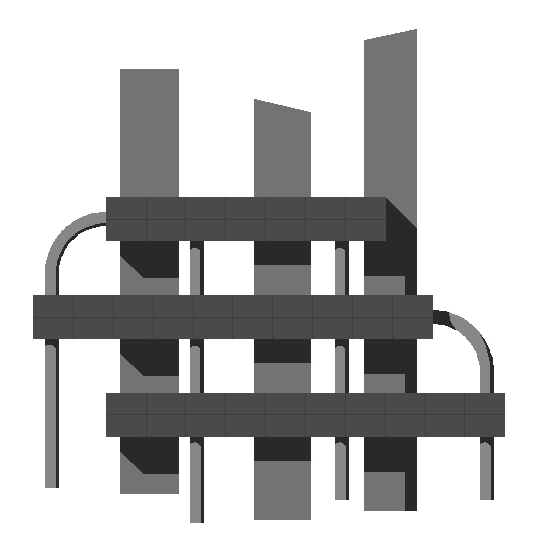|
Docente/i:
Paolo Arcioni
Denominazione del corso: Microwaves
Codice del corso: 504437
Corso di laurea: Electronic Engineering
Sede: Pavia
Settore scientifico disciplinare: ING-INF/02
L'insegnamento è caratterizzante per: Electronic Engineering
Crediti formativi: CFU 9
Sito web del corso: n.d.
Obiettivi formativi specifici
The course aims to address the theoretical aspects and the applications of microwave engineering. In particular, at the end of the course the student should have acquired the theoretical basis for understanding the operation of waveguide circuits and the theory of microwave junctions; should understand the principle of operation of the main passive components (attenuators, phase shifters, directional couplers, power dividers, circulators, isolators, filters, etc..) used in waveguide and microstrip designs; should be able to design simple active circuits (amplifiers, oscillators), using the modern computer aided design tools and critically discuss their results.
Programma del corso
The course initially deals with some theoretical aspects concerning the general properties of passive microwave circuits and the field representation in cavity resonators. The following topics are more application oriented, with an overview of passive microwave components and a discussion of the major issues related to the design of active and non-linear circuits. More specifically, the course program is structured as follows:
Theory of microwave junctions
Theoretical foundations of linear representation of junctions using matrices (impedance, admittance, scattering...). Conditions for the physical feasibility of passive junctions. Wave amplitudes and scattering parameters. Equivalent circuits and Foster's representations of lossless circuits. Waveguide discontinuities and their representation. Representation of microwave generators.
Theory of cavity resonators
General expression of the electromagnetic field in a resonant cavity. Free oscillations in ideal and lossy cavities. Forced oscillations. Spectral representation of the electromagnetic field in a closed region (irrotational and solenoid eigenvectors).
Microwave components
Principle of operation, specifications and dimensioning of the most common passive components used in microwave circuits (attenuators, phase shifters, impedance tuners, power splitters/combiners, directional couplers, filters, isolators, circulators). Electromagnetic solvers and computer aided design techniques: full-wave techniques vs. equivalent circuits.
Design of active and / or nonlinear circuits
Design of small signal amplifiers. Input/output matching. Use of scattering parameters of the active device (linearized model) to deduce stability conditions. Stability circles, Rollet parameter. Broadband amplifiers: gain equalization methods. Solid state power amplifiers: techniques of nonlinear analysis in time domain, harmonic balance methods, characteristic parameters of power amplifiers (saturated power, 1dB compression point, IP3, etc..). Simple mixer, balanced mixer and image rejection mixer. Study of the onset of the oscillations in negative conductance/impedance oscillators. Examples of solid-state oscillators. Principle of operation of electronic microwave tubes (Klystron, Magnetron, TWT).
Prerequisiti
Basic concepts in electromagnetic theory, telecommunications and mathematics.
Tipologia delle attività formative
Lezioni (ore/anno in aula): 70
Esercitazioni (ore/anno in aula): 10
Attività pratiche (ore/anno in aula): 0
Materiale didattico consigliato
Robert E. Collin. Foundation for Microwave Engineering. McGraw–Hill, 1994. Testo di consultazione.
Modalità di verifica dell'apprendimento
Oral examination.
|




![]()




![]()